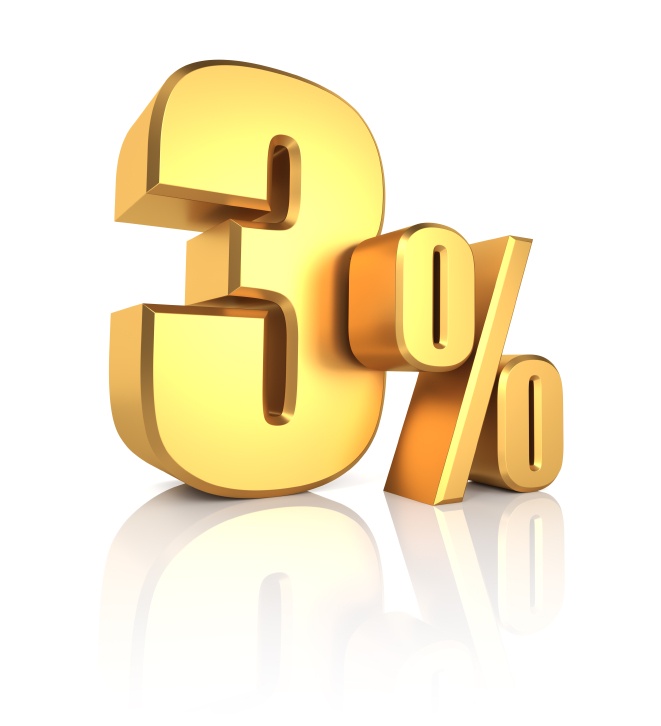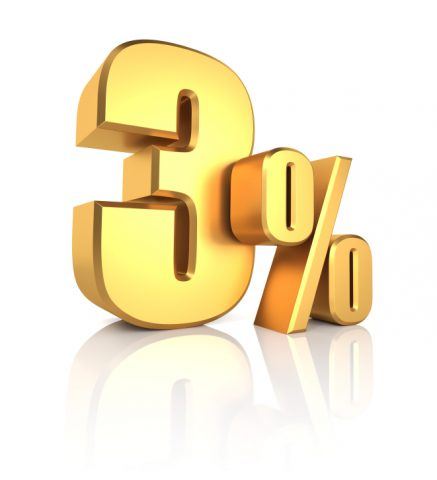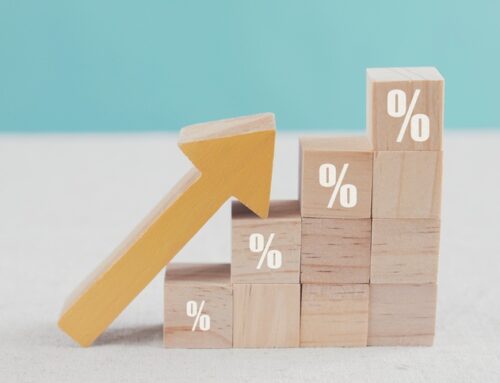Home » Uncategorised »
Stamp Duty Receipts Down in Q1 Compared to Last Year
This article is an external press release originally published on the Landlord News website, which has now been migrated to the Just Landlords blog.

Stamp Duty receipts recorded by HM Revenue & Customs (HMRC) in the first quarter (Q1) of 2017 are down on last year, due to 2016’s rush to beat the additional Stamp Duty rates.
The provisional non-seasonally adjusted residential property sales count for Q1 2017 is 195,000 liable and 48,900 non-liable transactions.
The number of liable property transactions in Q1 was 5% lower than Q1 2016, while the amount recorded for the financial year 2016-17 was 1% higher than in 2015-16.
The amount of liable transactions with transaction values under £250,000 in Q1 2017 is similar to Q1 2016. For the financial year 2016-17, the number of transactions is 4% higher than in 2015-16.

Stamp Duty Receipts Down in Q1 Compared to Last Year
The number of liable transactions with a value between £250,000-£500,000 in Q1 was 10% lower than in Q1 2016. For the financial year 2016-17, the amount of transactions was 2% lower than in 2015-16.
The number of liable transactions with a value over £500,000 in Q1 was 14% lower than in the same quarter last year. On a financial yearly basis, the amount of transactions was 3% lower than in 2015-16.
Liable transactions in Q1 2016 were unusually high, due to many buyers rushing to purchase properties ahead of the introduction of the 3% Stamp Duty surcharge on additional properties in April 2016. As a result, year-on-year comparisons for this quarter should be made with caution.
The number of non-liable transactions in Q1 was 39% lower than in Q1 2016. For the latest financial year, the amount of non-liable transactions was 31% lower than in 2015-16. The most common reason for residential property sales to not be liable for Stamp Duty is that they fall below the £125,000 threshold.
The estimated Stamp Duty receipts for Q1 2017 is £1,995m from residential transactions and £789m for non-residential transactions. The estimate for residential transactions is 16% higher than Q1 2016. For the financial year 2016-17, the estimated receipts are 17% higher than in 2015-16.
The residential transactions receipts since Q2 2016 include those from sales paying the higher rate of Stamp Duty on additional properties.
For 2016-17, there have been 207,700 transactions of additional properties – either second homes or buy-to-let investments – accounting for a total of £3,242m in Stamp Duty receipts, of which £1,643m is attributed to the additional 3% element.
The Director of Private Finance, Shaun Church, comments on the data: “It is entirely unsurprising to see fewer residential property transactions liable for Stamp Duty in the first quarter of 2017 compared to a year earlier. The introduction of the surcharge on second properties in April 2016 was pre-empted by a huge spike in transactions, as investors sought to beat the deadline and avoid four or five-figure tax penalties. In comparison, transaction levels were always going to look more modest in Q1 2017.
“However, the statistics make it clear that the upper-end of the market has unfairly borne the brunt of land tax reform. While the number of liable transactions with a value of less than £250,000 is practically unchanged from a year ago, there has been a 14% fall in transactions with a value above £500,000. A healthy property market needs movement and fluidity at all levels and across all tenures, but it appears that the changes have unfairly targeted the upper-end of the market, which does little to help the cause of first time buyers.
He continues: “While this high-end slowdown is bad news for the health of the housing market, there is a silver lining for would-be buyers and investors. The slower growth of high-value property prices has had a positive impact on affordability in this segment of the market. According to our research, while last year’s Stamp Duty changes have left landlords and second homebuyers in the top 5% of the market paying £33,639 extra tax, the resulting slower growth in house prices has actually saved them £40,827.”
How has the Stamp Duty surcharge affected you?




